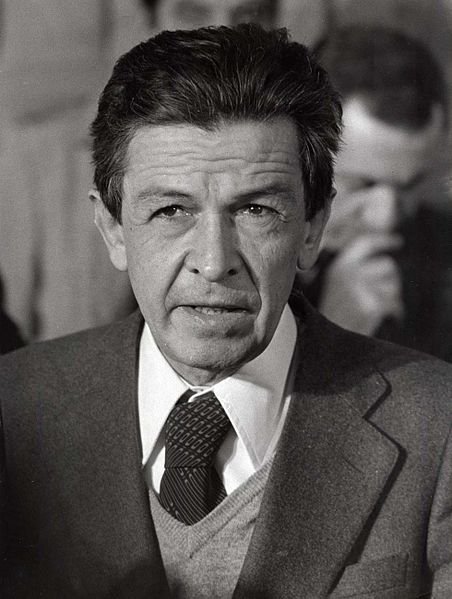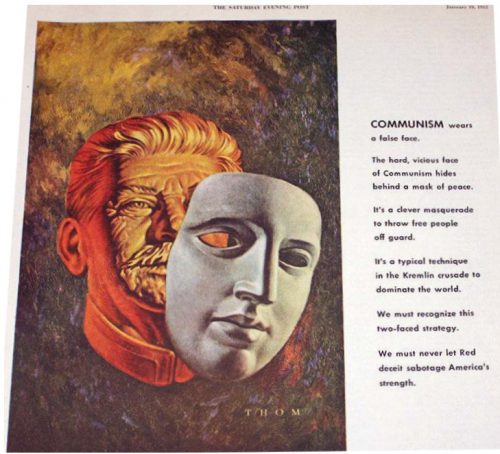B. The Decline in the Capacity of Leadership

One of the many entrances to CHAZ / CHOP, (Capitol Hill Occupied Protest/Capitol Hill Autonomous Zone), in Seattle, Washington and covering 6 blocks and a park. Protestors were supporters of BLM, Antifa, Communism, Anti-police, homosexuality and immunity from prosecution from damages done by protestors. Photo by Derek Simeone.
This decrease in the Red creed’s direct persuasive power over the multitudes — which the recourse to these indirect, slow, and laborious methods denotes — is accompanied by a correlative decline in communism’s leadership capacity.
Let us examine how these correlative phenomena are manifested and what their fruits are.
— Hatred, Class Struggle, Revolution
Essentially, the communist movement is and considers itself to be a revolution born of class hatred. Violence is the method most consistent with it. This is the direct and fulminating method, from which the mentors of communism expected the greatest results with the least risk in the shortest possible time.

U.S. Border Patrol Agents behind a protective barricade around the Federal building in Portland, Oregon, July 25, 2020. Another BLM/Antifa protest.
This method presupposes a leadership capacity in the communist parties. In the past, this capacity enabled them to create discontent, transform it into hatred, articulate this hatred in an immense conspiracy, and thus succeed, with the “atomic” force of this hatred’s impetus, in destroying the present order and implanting communism.
— The Decline in Guidance of Hatred and in Use of Violence
But the capacity to guide hatred is also slipping from the hands of the communists.
We will not extend this writing by going into an explanation of the complex causes of this fact. We limit ourselves to observing that violence resulted in fewer and fewer advantages for the communists during these twenty years. To prove this, we need only recall the invariable failure of the guerrilla warfare and terrorism spread throughout Latin America.

A view of the bombing of the U.S. Embassy in Beirut caused by the terrorist Islamic Jihad Organization and Hezbollah on April 18, 1983.
It is quite true that violence has been dragging virtually all of Africa toward communism. But this says very little about the tendencies of public opinion in the rest of the world. The primitivism of most of Africa’s aboriginal populations places them in special and unequivocal conditions. The growth of violence there has been due not so much to ideological motives as to anti-colonialist resentments, which communist propaganda exploited with its customary astuteness.
— The Fruit and Proof of This Decline: The Third Revolution Metamorphoses Into a Smiling Revolution
The clearest proof that over the last twenty or thirty years the Third Revolution has been losing its capacity to create and direct the revolutionary hatred lies in its self-imposed metamorphosis.
During the post-Stalinist thaw with the West, the Third Revolution donned a smiling mask, exchanged polemics for dialogue, pretended to be changing its mentality and attitude, and welcomed all sorts of collaboration with the adversaries it had tried to crush through violence.
In the international sphere, the Revolution thus successively passed from the Cold War to peaceful coexistence, then to the “dropping of ideological barriers,” and finally to frank collaboration with the capitalist powers, labeled, in the language of publicity, “Ostpolitik” or “detente.”

Chinese revolutionary and statesman Deng Xiaoping, a proud follower of Marxism–Leninism, and Jimmy Carter, 1979.
In the internal sphere of the various Western countries, the politique de la main tendue (policy of the extended hand), which had been a mere artifice for deceiving a small minority of leftist Catholics during the Stalin era, became a true detente between communists and pro-capitalists. It was an ideal way for the Reds to initiate cordial relations and fraudulent approximations with all their adversaries, whether religious or temporal.
Out of this came a series of “friendly” tactics: the fellow travelers, the legalistic “Eurocommunism” (affable, and cautious toward Moscow), the “historic compromise,” and the like.

Enrico Berlinguer, leader of the Italian Communist Party and the driving force behind Eurocommunism for Italy.
As we have said, these stratagems provide advantages for the Third Revolution today. But they are slow, gradual, and dependent on a myriad of variables for their fruition.
At the height of its power, the Third Revolution ceased to threaten and attack and began to smile and request. It ceased advancing in military cadence, shod in cossack boots, in order to progress slowly at a discreet pace. It abandoned the straight path — the shortest and chose a zigzag path marked with uncertainty.
What an enormous change in twenty years!
Plinio Corrêa de Oliveira, Revolution and Counter-Revolution (York, Penn.: The American Society for the Defense of Tradition, Family, and Property, 1993), Part III, Chapter II, pg. 137-139







